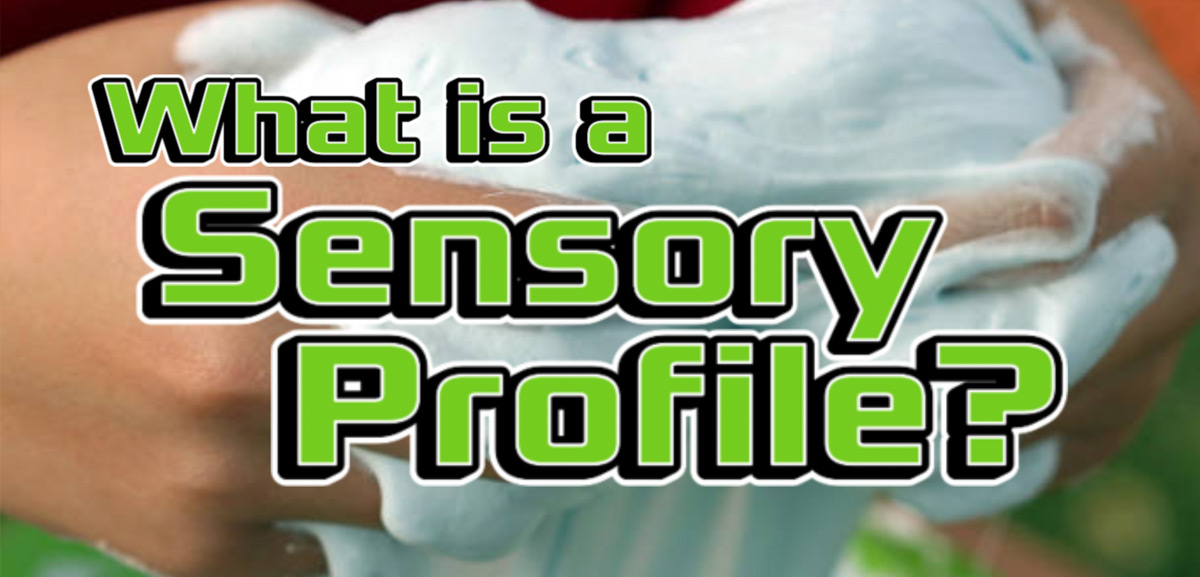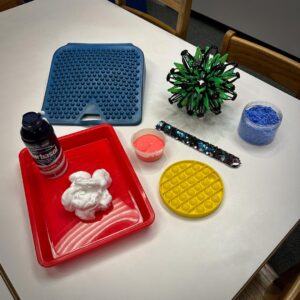What is a Sensory Profile?
Anissa Brockway, Occupational Therapy Coordinator at 45th Street
The Sensory Profile 2 is a revision of the original Sensory Profile assessments. It is a standardized method of documenting children’s sensory processing patterns, helping to identify the effects sensory processing has on functional participation across different environments including home, school, and community. This is an evidence-based method of confirming sensory hypotheses or behaviors that may be happening and impacting participation in daily activities. The profile is designed with a caregiver or teacher questionnaire that reports a child’s responses based on various sensory stimuli. This helps identify a child’s sensory processing patterns.
The Sensory Profile 2 breaks down sensory experiences and stimuli into four theoretical concepts: seeking, avoiding, sensitivity, and registration.
Seekers are defined by the degree to which a child obtains sensory input. Seekers have a high threshold for activity, they enjoy sensory rich environments, create sensory experiences (making noise or fidgeting), and can become easily bored.
Avoiders typically have a low threshold for activity, they withdraw from sensation, and become overwhelmed with a rich sensory environment.
Sensors have a low threshold with passive response, they easily respond to sensory stimuli, they notice things others miss, and are very aware of their surroundings. Sensors can be distractible or hyperactive.
Bystanders (under the registration category) have a high threshold with a passive response, they often miss cues, they under-respond or can be slow to respond, and they can focus in a rich sensory environment.
How Does Completing a Sensory Profile Help Students at Aaron School?
As occupational therapists, speech-language pathologists, teachers, and parents of students at Aaron School, we are constantly playing the role of detectives. We are looking at how a student responds to their environment and how that impacts their learning, their behaviors, and other daily activities. Completing a sensory profile gives us insight into their behavior and how to modify, adapt, and change the environment to make a student more successful. The profile helps put their behavior into objective questions that allow us to understand a student’s response. There are no good or bad responses; all responses fall along a spectrum. The best way to think about it is that we all have a seeker, an avoider, a sensor, and a bystander in us depending on the sensory input. Understanding the student’s tendencies allows us to help them navigate through any challenges they may encounter.



